Fateful Find
Looking at the coin he had in his hand, the 16-year-old just couldn't shake the feeling that there was something different about it... like there was a whole lot more to it that he wasn't seeing.
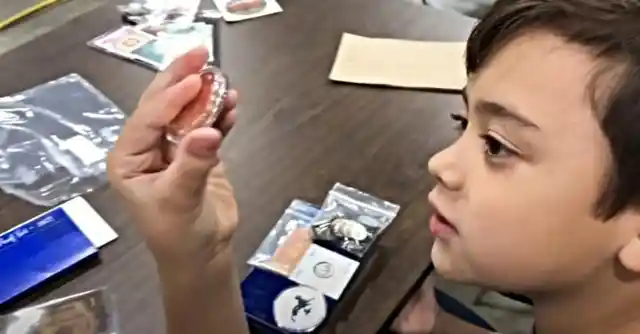
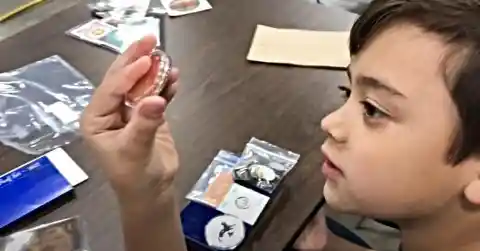
If he was wrong about his gut-feeling, he had nothing to lose. But if his instincts were right, the implications could be huge. But Don Lutes Jr. never knew that it would take 70 long years before anyone would believe him.
The Discovery
Don Lutes Jr. had been 16 years old and going to Pittsfield High School. On one fateful day, he had been standing in the cafeteria line and happened to take a closer look at the coins that made up his lunch money.
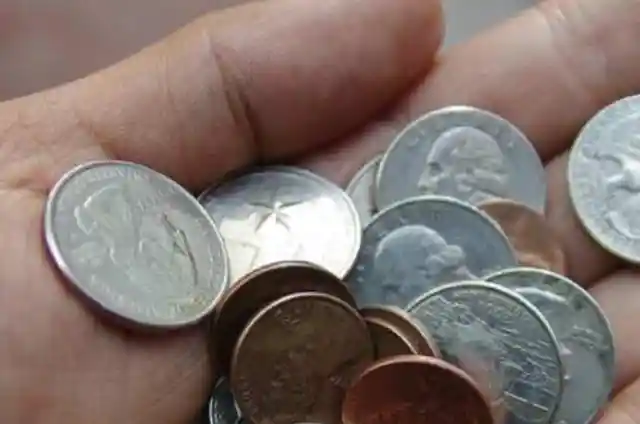
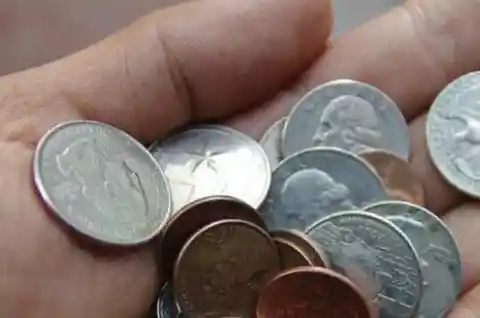
Looking at the coins in his palm, he noticed that one of the pennies was very unusual looking. He had a strange feeling about the coin, so decided to hold onto it. But when he excitedly showed it to his classmates and teachers, everyone dismissed it. It was a feeling that he'd become very used to.
An Achiever
Don Lutes Jr. was born on March 1, 1931. He knew from a young age that he could achieve anything that he put his mind to.
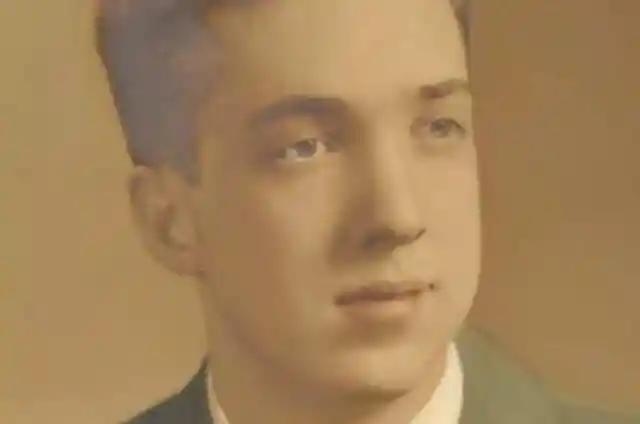
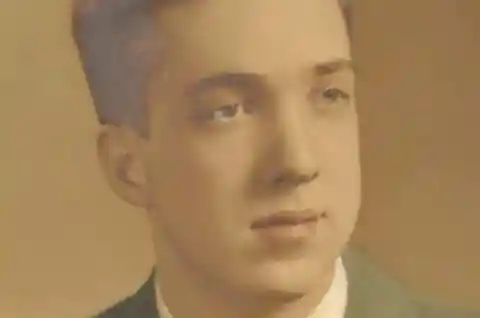
He graduated at the top of his class in 1948 and then moved on to obtain his degree in business admin from Babson College. But, although he was busy with other things, he never forgot his true passion in life.
Collecting
For as long as Don could remember, he had an obsession with coins - the rarer, the better.
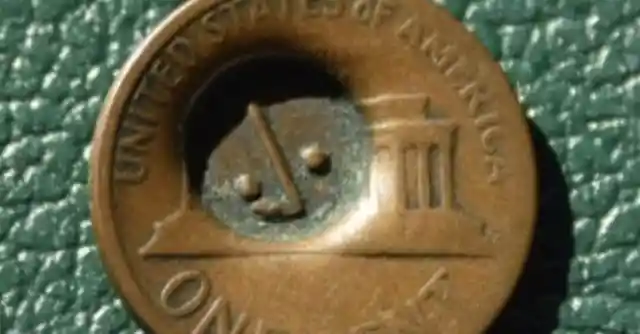
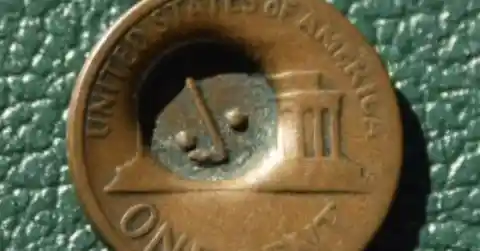
Don loved to collect foreign and American currency, and his passion for coin collecting was what drove him to join the Berkshire Coin Club. He was a prominent member of the club for 60 years, serving as treasurer, historian, and president. Still, he never found anything like the coin he'd found in his lunch money that day.
Standing In Line
For Don, that coin that he'd found back in 1947 had always been his most mysterious find. He had only been 16 at the time, waiting in line at the cafeteria at Pittsfield High.
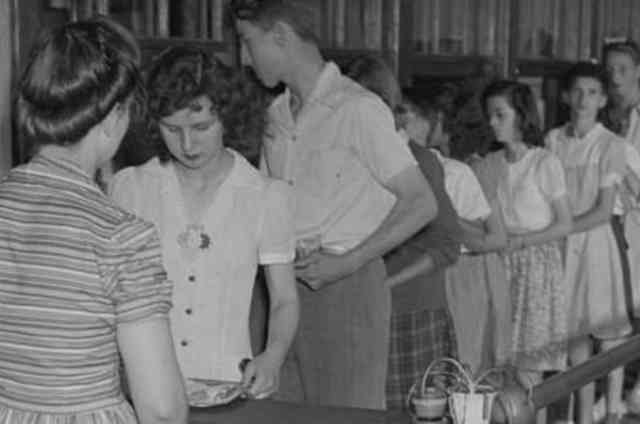
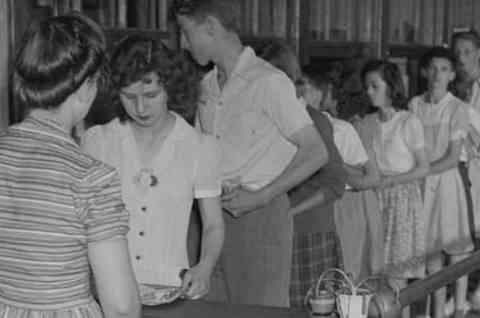
Don had his money ready and was about to order his lunch when he saw the strange penny. But why was this particular grey coin his most historic find?
Seemingly Ordinary
To the untrained eye, the coin looked like any other coin that was in circulation then. On one side was an image of Abraham Lincoln, and the other side read “One Cent, United States Of America.”
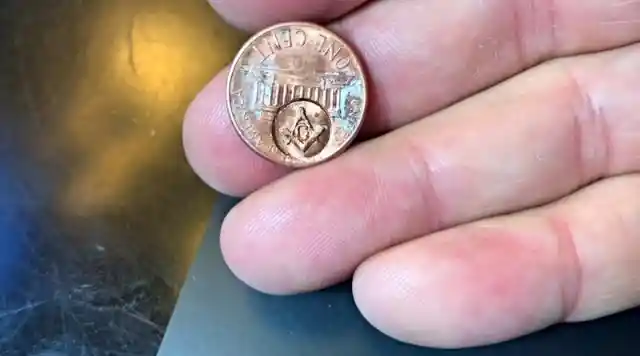
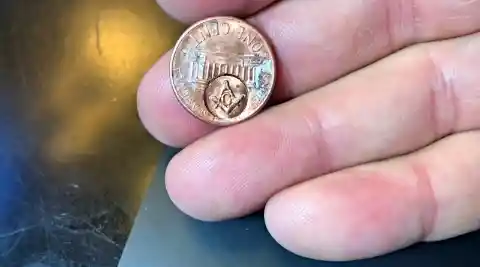
Although the coin didn't look like anything out of the ordinary, young Don's heart began to race when he took a closer look at it.
Drafted
Don had a feeling that the coin was special, but he never got a chance to have it examined properly. Soon after he'd finished his studies, he was called upon to serve his country by the United States Army.


Don was among the many men who had to leave their lives and loved ones behind to serve his country during the Korean War. Decades later, experts had only just begun to unravel the coin's mysteries.
Origins
During the second world war, copper was used sparingly and strategically. The military needed it for telephone wires, shell casings, and other essential items. This meant that all the coins that were minted in 1943 had a coating of zinc.
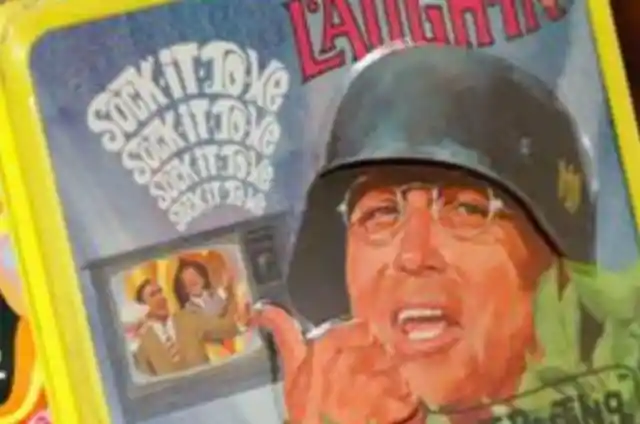
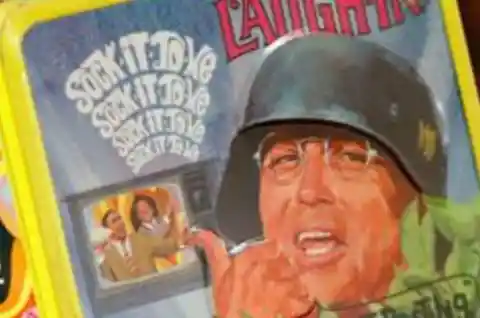
But there were a few mints that were still using a small amount of copper for a few coins. and that's how the rumors about Henry Ford started...
Errors In The Minting Process
As a coin collector will know, an error in the minting process is just as valuable as a rare and flawless coin. These "error" coins contained abnormalities and flaws and are a very rare commodity.
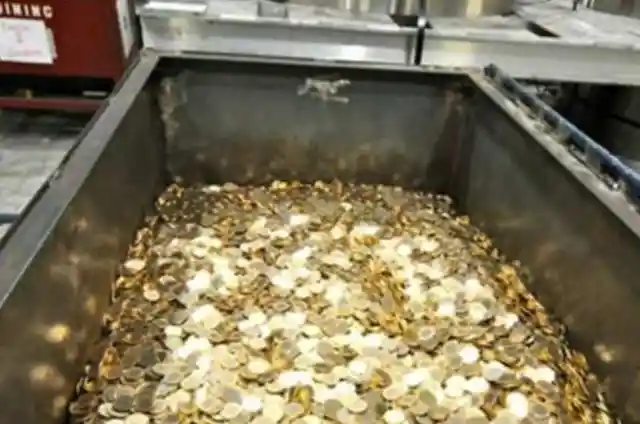
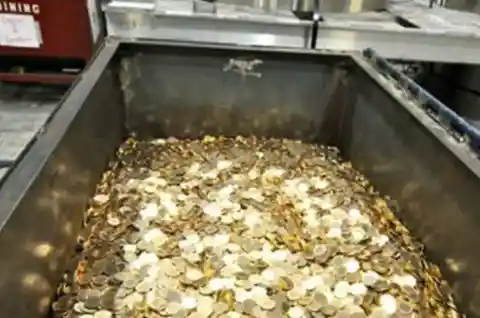
When a coin with an error leaves the mint without being detected and enters circulation, its value increases exponentially.
The Legendary Coins
Soon, legends began to grow about the mythical copper pennies that had gone into circulation in error. “Stories appeared in newspapers, comic books, and magazines, and a number of fake copper-plated steel cents were passed off as fabulous rarities to unsuspecting purchasers,” Heritage Auctions wrote.
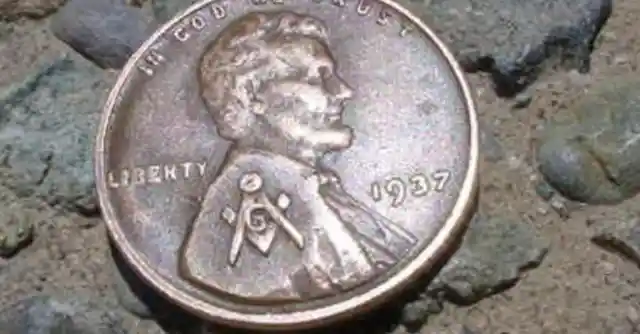
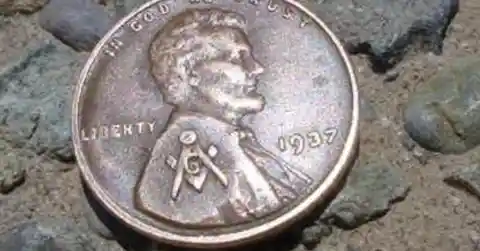
“Despite the mounting number of reported finds, the Mint steadfastly denied any copper specimens had been struck in 1943.” However, the rumors had gotten the attention of Don Lutes Jr.
Keeping It Safe
Decades after Don had found the coin, he still hung onto it tightly. Even though there were many opportunities for him to let it go, he remained firm in his belief. Many coin collectors made him offers for the coin, but he refused.
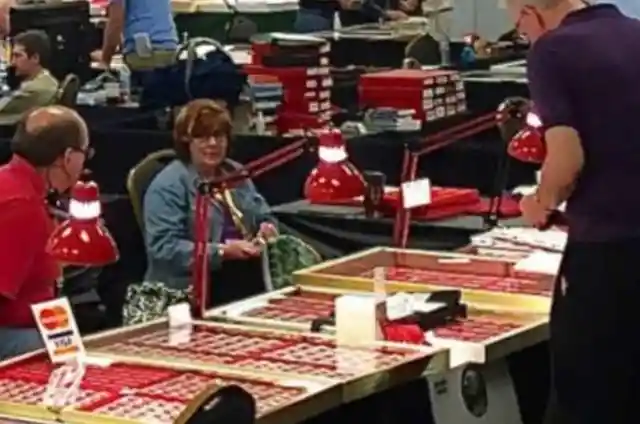
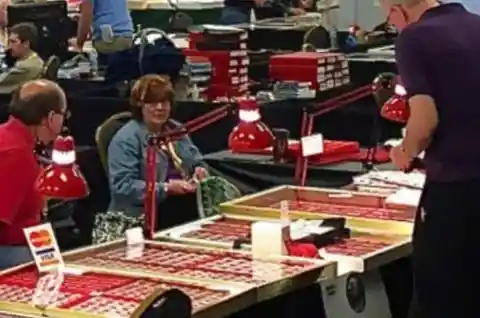
At one point, Don even contacted the U.S. Treasury to evaluate the Lincoln penny — but they gave him some bad news.
Labeled A Fraud
The U.S. Treasury refused to believe that Don had found a rare copper penny and dismissed it as a fraud. They held onto their familiar refrain: “All pennies struck in 1943 were zinc-coated steel.”
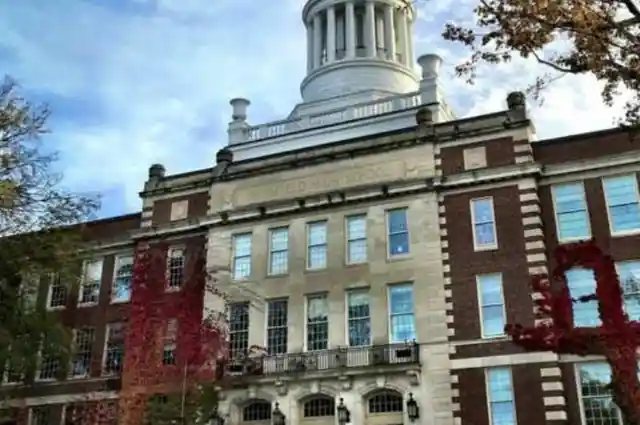
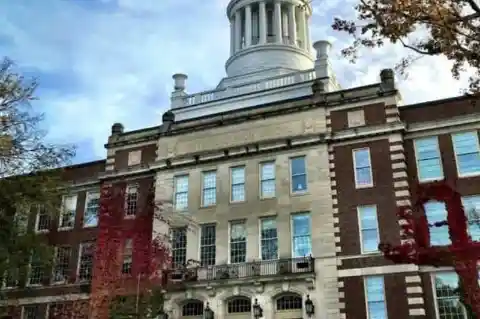
And so, the penny remained in Don’s collection. Until, one day, he was finally vindicated.
The Truth Comes Out
Despite the U.S. Treasury declaring Don’s coin a fraud, it would eventually come to pass that the Lincoln penny was confirmed as a true “Holy Grail of mint errors.” Researchers made a breakthrough discovery when they realized that copper planchets had gotten stuck in tote bin doors.
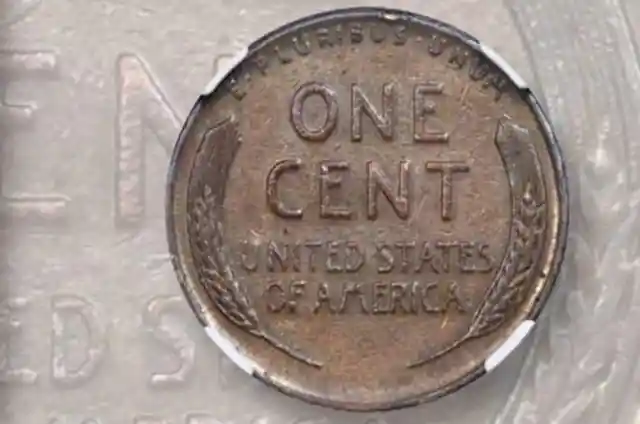
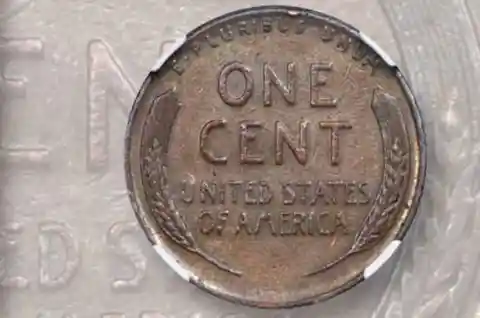
These tote bins were used to feed coins that didn’t make the final press back into the machine…
Slipped Through
These coins from the early 1940s had slipped through the net and “became dislodged and were fed into the coin press, along with the wartime steel blanks,” according to Heritage Auctions.
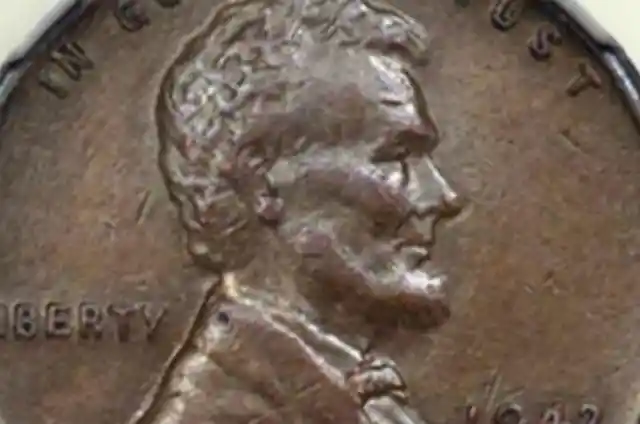
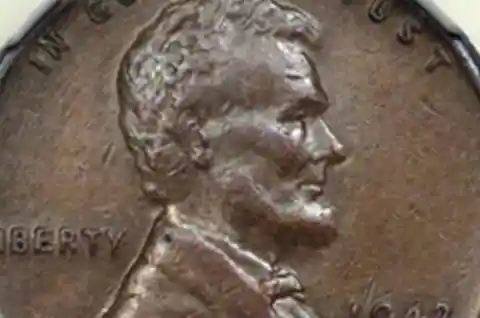
And collectors have dedicated their entire lives to finding these elusive “error coins.”
Searching For A Lifetime
“Despite relentless searching by eager collectors over a period of more than 70 years, only a handful of legitimate specimens have ever been discovered,” Heritage Auctions wrote.
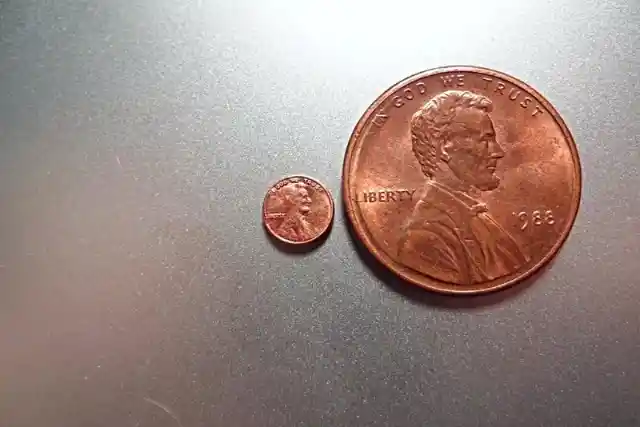
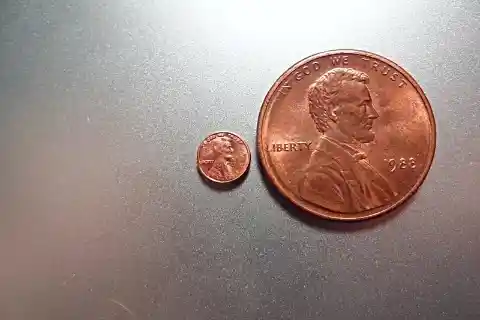
“PCGS CoinFacts estimates the surviving population at no more than 10-15 examples in all grades. We have compiled a roster of all specimens certified by the two leading grading services below, including an unknown number of resubmissions and crossovers.” So, how much was Don’s coin worth?
Unfinished Business
When Don Lutes Jr. was admitted to the Fairview Rehabilitation Center in Great Barrington, MA, he knew it was finally time to finally let go of his prized coin collection. His health had been deteriorating and his wife had passed many years before. He had no relatives to pass his beloved coins onto.
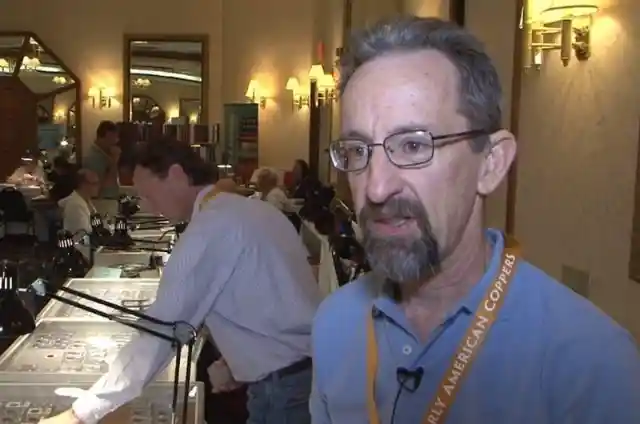
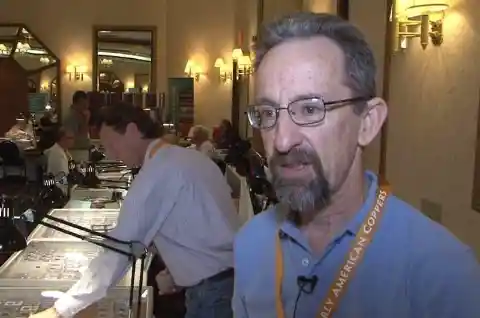
But Don still had unfinished business with the Lincoln coin…
A Legend
Sadly, Don passed away on September 3, 2018. But not before receiving some news about his prized penny. A major grading company had evaluated his 1943 Lincoln coin and had found it to be a genuine “error coin.” They provided him with official documentation, and due to his determination, listed it as the “Don Lutes Discovery Coin.”
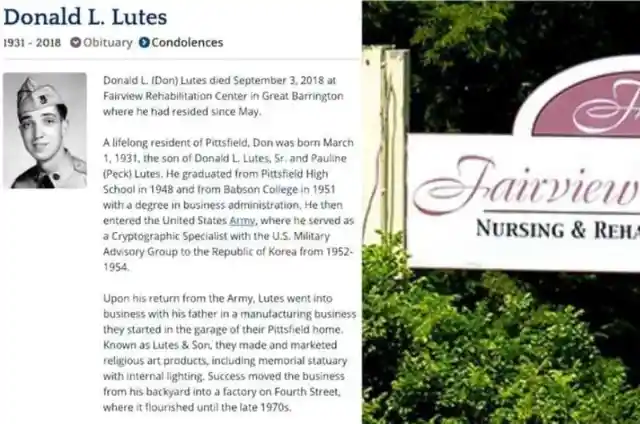
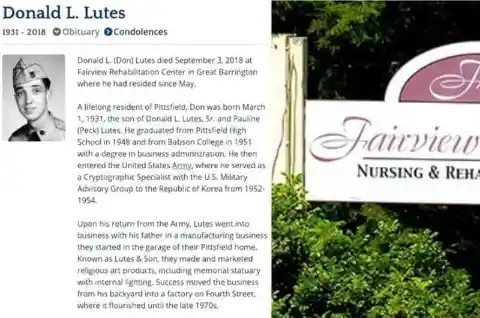
And, in recognition of his achievement, Don Lutes Jr.’s name became a legend in the coin collecting world.
More Copper Coins
Over time, more of the legendary copper coins were found scattered across the United States. 10-15 of the mysterious error coins were found in a mint in Philadelphia, 6 were found in a mint in San Francisco, and one was found in a mint in Denver.
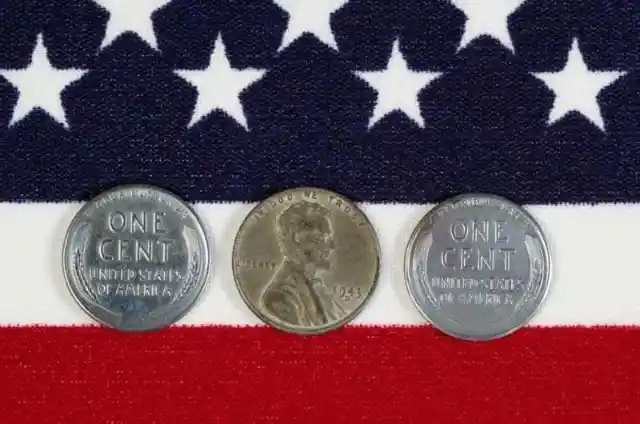
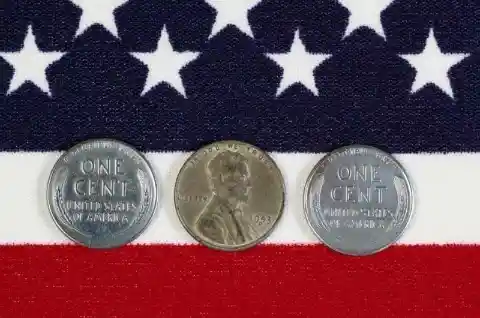
So, what happened to the one Don had found all those years ago?
A Dear Friend
It turns out that Don’s good friend, Peter Karpenski, had traveled from Massachusetts to visit him at Fairview Rehabilitation Center. But Peter wasn’t expecting to become the consignor of the rare 1943 Lincoln penny that day.


Peter said: “When he was in the nursing home, I asked him… would you like some notoriety?’ And he said, ‘Sure.’ And so here we are.”
Henry Ford
In Don’s lifetime, many rumors captured his imagination. But there was one particular rumor that prompted Don to hang onto that penny that he had found so many years ago.
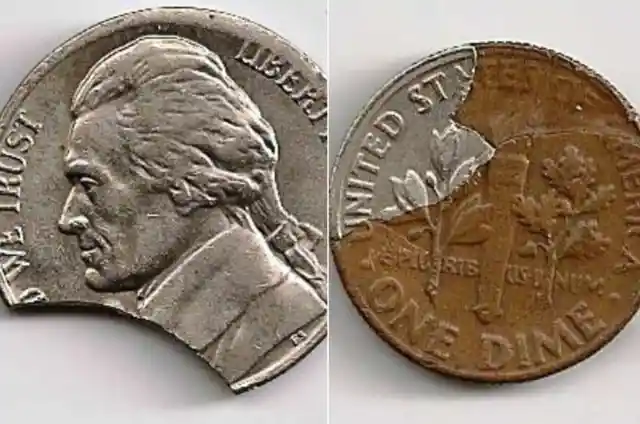
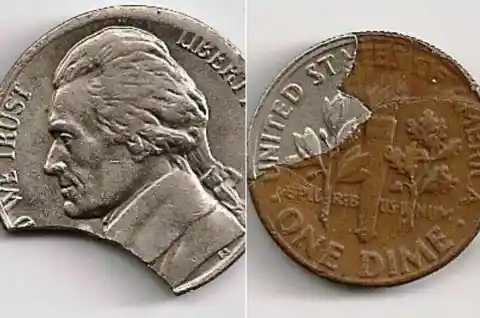
Many coin collectors spread the rumor that Henry Ford himself had promised to give a new car to anyone who was lucky enough to find one of the legendary copper coins. At the time, Don desperately wanted a car from Ford. And, even though the rumor was debunked, Don still held onto his coin. And now, 70 years later, the coin was finally on auction.
The Auction
The auction for Don Lutes Jr.’s penny took place at the Florida United Numismatics Convention in Orlando, Florida, on January 10, 2019. Bob Merrill from Heritage Auctions opened the bidding floor.
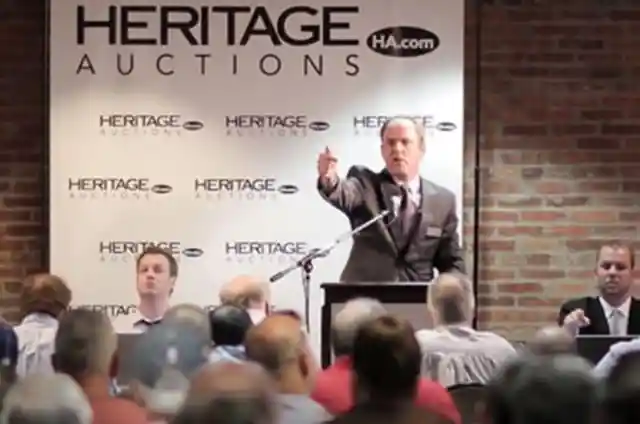
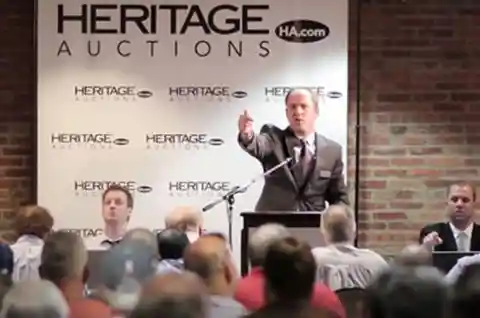
Sarah Miller, who also works at Heritage Auctions, said: “This is the most famous error coin in American numismatics and that’s what makes this so exciting.” Then, the bidding war began.
Bidding War
The opening bid starts and Peter Karpenski holds his breath. Suddenly, the bid climbs to $130,000 and a battle ensues. Two famous coin collectors bid fiercely against one another – neither backing down as the price of the Lincoln coin skyrockets.
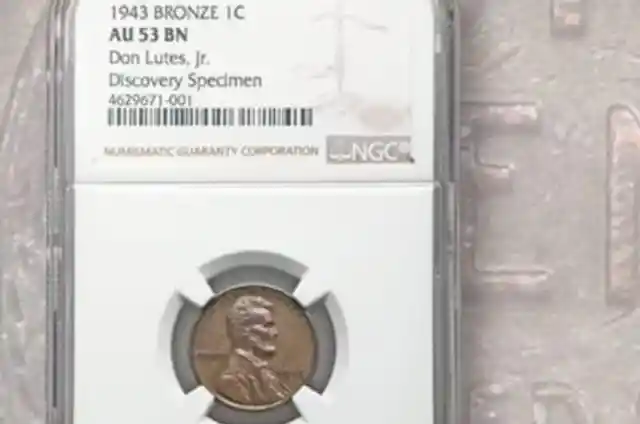
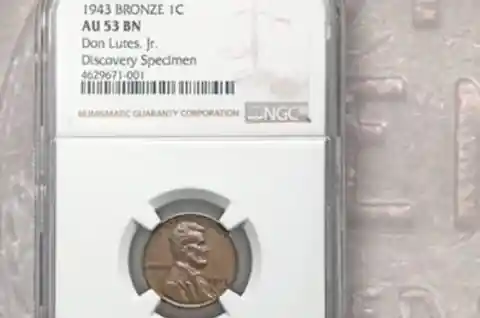
A pause. Then, one man steps up to the plate, raising the winning bid to take the penny home. His name was Tom Caldwell, and he had been collecting coins for most of his life…
Final Price
Tom Caldwell had founded Northeast Numismatics more than 50 years ago, and he had his eye on the prize. Bob Merrill confirms that he is the winner and the hall erupts in applause. But how much was the Lincoln penny worth to him?
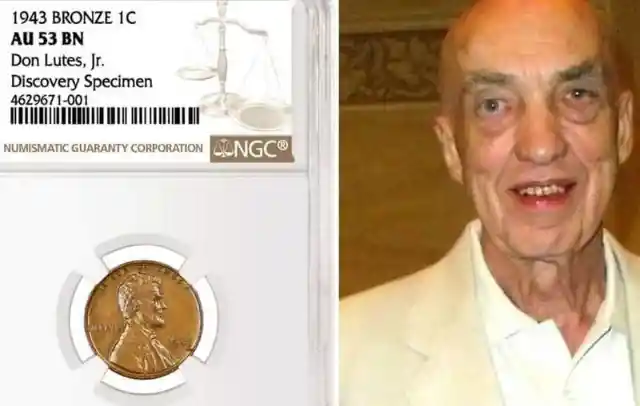
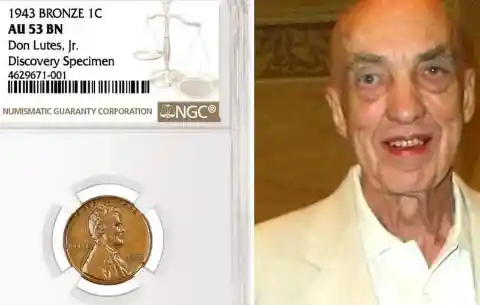
The winning bid was a staggering $170,000, and Tom Caldwell had to put in a 20 percent buyer’s premium. So, Don’s 1943 Lincoln penny ultimately sold for a whopping $204,000.
Don’s Wish
“I’m glad to bring it back to Massachusetts,” Tom Caldwell said. “We’ll keep it for a while. We’ll eventually sell it.”
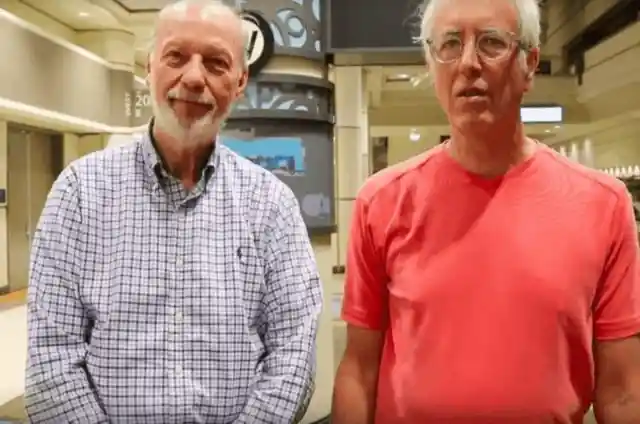
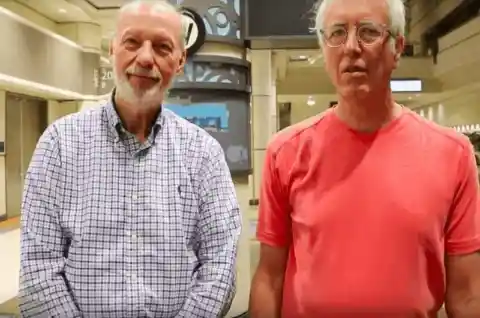
But Peter Karpenski, Don’s dear friend, was excited for another reason. “The proceeds are going to a local library in Pittsfield, Massachusetts,” he said happily. “That was Don’s wish.”